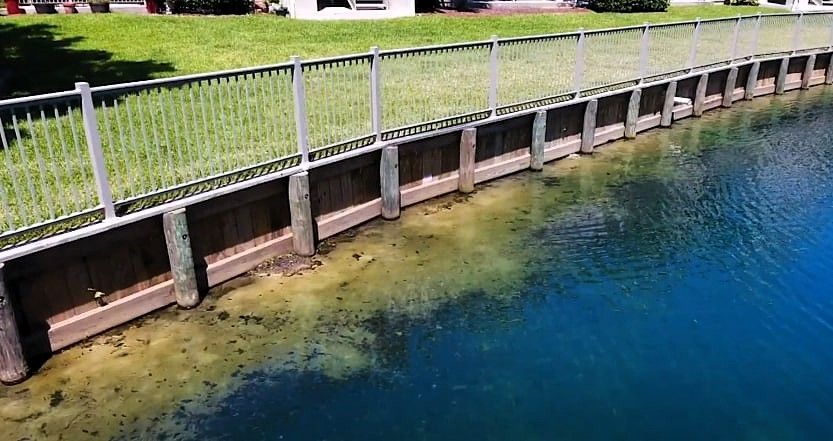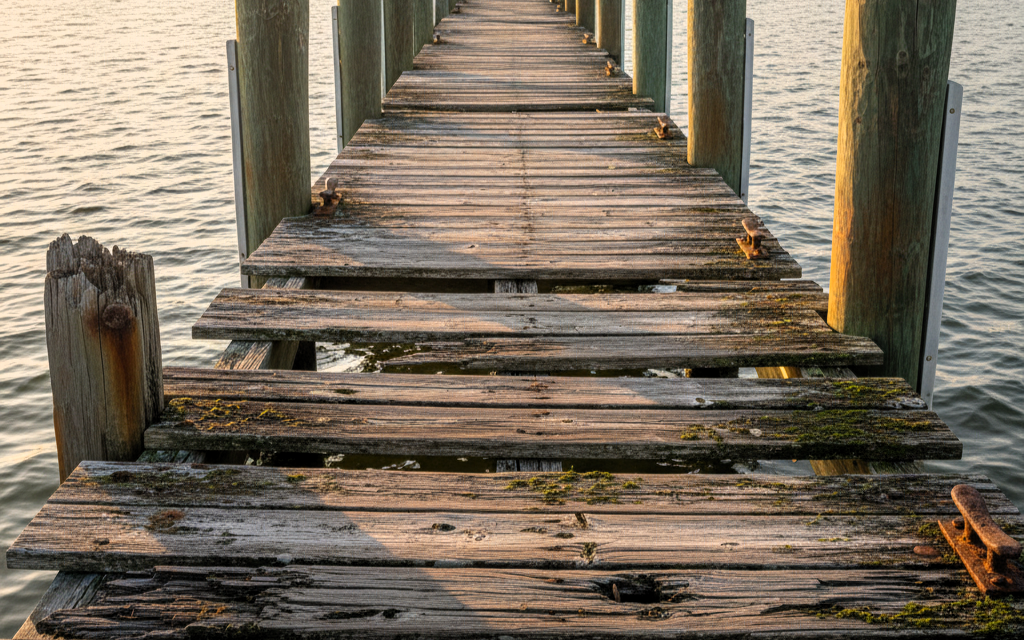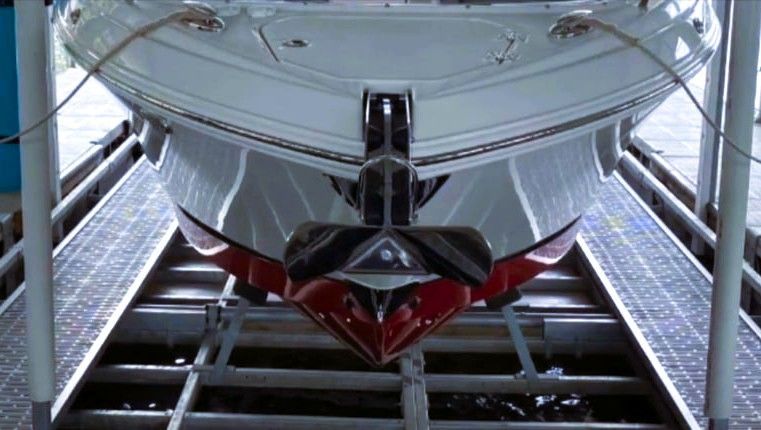What to Expect During a Seawall Inspection
Everything you need to know about a seawall inspection

Owning waterfront property in Tampa, Florida, means taking extra steps to protect what you have — and keeping your seawall in top shape is right up there. Between the salty air, constant storms, and relentless erosion, Tampa’s environment can be tough on your seawall. That’s why regular inspections aren’t just a good idea — they’re essential. Catching small issues early can save you from facing hefty repair bills or even major structural disasters later on.
In this guide, we’ll walk through why seawall inspections matter and what you can expect when the time comes.
Why Seawall Inspections Are So Important
Living by the water has its perks, but it also comes with its challenges. If you own, manage, or build coastal properties, you know they need extra TLC. Keeping up with regular seawall inspections is a simple, smart way to protect your property and your investment.
Think of your seawall as your property’s first line of defense. It holds back erosion, stabilizes your land, and keeps water from creeping where it shouldn’t. But with Tampa’s salty tides, seasonal storms, and tropical punches, even the sturdiest seawalls can start showing wear. Getting ahead of problems not only saves money but also keeps you from facing bigger headaches down the road.
Here’s What Happens During a Seawall Inspection
1. A Close Visual Review
The inspector’s first step is a thorough visual check of your seawall. They’ll be looking for common signs of damage, such as:
- Cracks or fractures in the wall’s surface
- Sections that appear to be leaning or tilting
- Rust stains, which could indicate internal steel corrosion
- Gaps or separations between sections of the wall
Catching these issues early allows for quick fixes, preventing them from turning into expensive repairs later.
2. Checking the Soil and Ground Nearby
The area behind your seawall is just as important as the wall itself. Inspectors keep an eye out for signs like erosion, sinkholes, or shifting soil—issues that can put your seawall’s strength at risk. If the soil looks loose, is sinking, or seems to be missing altogether, it’s a major warning sign they’ll catch during inspections.
3. Assessing the Structure Itself
Seawalls come in all kinds of materials—concrete, vinyl, steel, even wood. When inspectors take a look, they carefully check each type for signs of wear and damage.
- Concrete that's cracking, crumbling, or falling apart
- Steel supports showing rust and wear
- Wood that's warped, splintered, or broken
A sturdy, well-maintained wall is key to protecting your property and keeping it safe.
4. Drainage System Review
Did you know most seawalls have built-in drainage systems to help relieve pressure? It’s something many people overlook. If those systems get clogged or damaged, it can lead to big problems down the line. That’s why inspections are so important—they ensure water is draining properly and not building up behind your wall where it can cause serious damage.
5. Taking a Look Below the Water (If Needed)
In some cases, particularly with older seawalls or those in busy, high-traffic waters, an underwater inspection can be a game-changer. This involves divers or specialized tools taking a closer look to spot things like:
- Marine organisms digging into the wall
- Hidden erosion lurking at the base
It’s not something you’ll need every time, but when you do, it can reveal a lot about the true condition of your seawall.
What We Often Find During Inspections
Inspectors tend to come across a handful of common issues, like:
- Cracks or walls starting to shift
- Erosion wearing down the soil behind the wall
- Steel supports rusting out
- Clogged drainage leading to dangerous pressure build-up
Catching these problems early can save you a ton of stress—and money—in the long run.
After the Inspection: What’s Next?
- Comprehensive Insights: Get a clear, detailed report on your seawall's condition, complete with notes, photos, and straightforward recommendations you can actually use.
- Professional Guidance: If there’s an issue, we’ll point you in the right direction. Experts like Tampa Dock Builders specialize in repairs that stand up to Florida’s tough coastal conditions.
- Confidence in Your Protection: If your seawall is holding strong, you’ll have the peace of mind knowing your property is safe and can plan future upkeep with ease.
Keep Your Property Safe — Get Your Seawall Inspected
Your seawall is your property’s first line of defense against erosion and flooding, standing firm against Tampa Bay’s natural forces day in and day out. Like any critical structure, it requires routine inspections to ensure it remains resilient and capable of protecting your investment. Neglecting these inspections could lead to costly damage or weakened defenses over time.
Don’t take chances with your shoreline.
Contact the experts at Tampa Dock Builders today to schedule a comprehensive seawall inspection. Let us help you keep your property secure, stable, and ready to withstand whatever comes its way.


